Foraged Foliage Wreaths
Depending on where you live, you could easily be able to make a wreath with entirely foraged materials. The best place to forage from is your garden where permission isn't an issue. If you wish to forage from the wild you will need to check your local laws & guidelines about what is and isn't allowed. From private land, you will need to seek the landowners' permission.
The first thing that you'll need to source is moss. For some people with troublesome lawns, this can be raked up straight from the grass. Just be careful to do this very gently so you do not disturb the growth of the grass. You may also find moss collecting on a shed roof or growing up a wall. Moss thrives in damp shady areas so start your search in these types of areas too.
The foliage that you forage will be dependent on your location. During the Christmas season, the majority of Europe and the USA would be looking at using evergreens. It's ideal to collect your foliages in two parts. Firstly the bulky & long-lasting base materials such as conifer, spruce, holly & ivy. When cutting the materials, it's good to collect as many tones, shades and colours as possible. You will need to allow the foliages at least 12 hours to drink before adding them to your wreath. To do this, fill a clean bucket with water, cut the stems of the foliage at a sharp angle and place in the water. Leave in a cool, dark place to uptake the water. This means when you add your greenery to the wreath, it will be as hydrated as possible.
Once you have gathered the bulky base materials, you can look for more decorative, delicate elements. This could include things like mimosa, olive, rosemary, & eucalyptus. You will not need so much of each of these. To include pine cones, which can be found on the ground on woodland walks in both cold & warm climates, it's advisable to bake them in the oven on a low heat to clean them of any bugs & pests. This is particularly important if you plan to bring the pinecones indoors.
